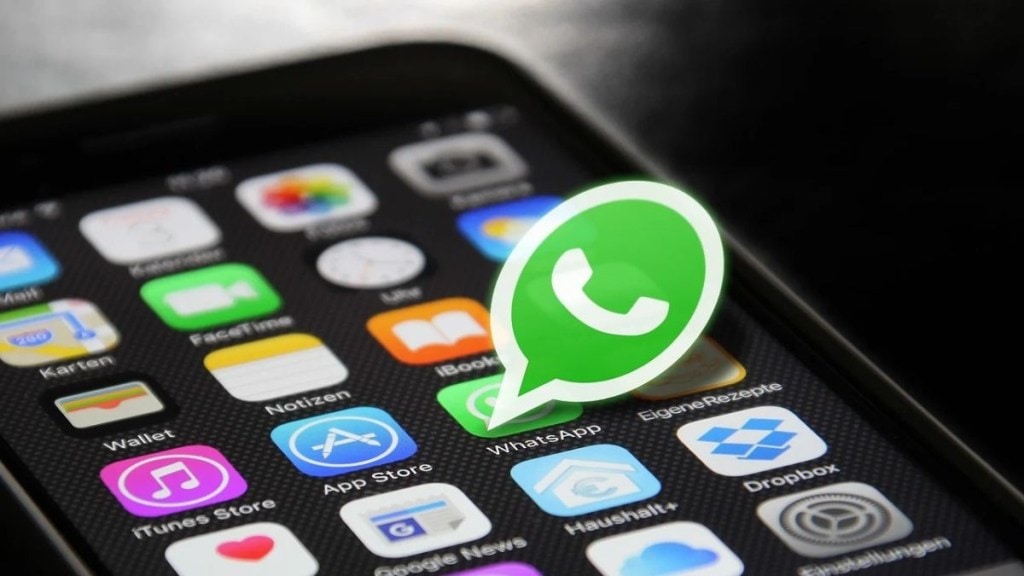It begins quietly: a colourful card slipping between your friends’ holiday photos in WhatsApp’s Status feed; a new business channel showing up in the Updates tab. For the world’s largest messaging app, these are still small steps, but they hint at something bigger. As Meta prepares to build an ad-driven future for WhatsApp, the app’s strong record of privacy-focused design is about to meet a familiar marketing problem: the infamous ad fatigue. Can Meta monetise WhatsApp without tiring out its two billion users?
Ads, ads everywhere — not a moment of peace?
Advertising fatigue is what happens when people see the same kind of ads, the same messages, visuals, or brands, too often. The signs are clear: click-through rates go down, costs per sale go up, and users start muting or hiding promotions. On Facebook and Instagram, users have learned to live with it. But WhatsApp, seen as a more personal and private space, leaves far less room for missteps.
“There will be short-term disruption, especially when it comes to ads in Status,”Raahul Seshadri, Director – AI & Tech, WebEngage, told financialexpress.com. “Eventually, there is a possibility of the user engagement patterns with ads matching that of Instagram (especially Story ads of Instagram).” His cautious optimism is shaped by Meta’s past experiences, like how Facebook’s News Feed ads faced resistance in the early days, which only settled after Meta introduced creative improvements and better control over how often users saw the same ads.
WhatsApp’s first ad formats, sponsored Status stories, promoted Channels, and click-to-WhatsApp ads that appear on other Meta platforms, are designed to stay out of private chats. Even so, not everyone is convinced. Abhinay Tiwari, Chief Growth Officer, Admattic, argued that WhatsApp is uniquely sensitive to advertising: “The introduction of ads on WhatsApp risks disrupting its core promise, a private, clutter-free communication space. Users are conditioned to expect intimacy and utility from the platform, not commercial interruption.”
Tiwari also believes that ad fatigue could set in more quickly on WhatsApp than on traditional social networks: “Absolutely, WhatsApp is more vulnerable to ad fatigue than traditional social platforms. Its historically ad-free, one-on-one nature means users may find any commercial presence intrusive.”
Gopa Menon, Chief Growth Officer – APAC, Successive Technologies, believes the key lies in offering ads that are timely, relevant and under user control. “WhatsApp has a unique opportunity to introduce ads in a way that minimises fatigue, precisely because of its historically private nature. By focusing on high relevance and user control, WhatsApp can mitigate fatigue.”
Menon points to click-to-WhatsApp campaigns, which are not subject to Meta’s usual limits on how often ads appear. These ads only show up when a user actively taps, making the experience more like a choice than an interruption.
Early findings back this approach. Internal Meta case studies shared with marketing agencies suggest that business messages on WhatsApp are opened nearly 90 per cent of the time, far better than email. But the real risk comes later. As more brands join in, creative quality could drop. If businesses rely on the same messages and formats over and over, users may quickly learn to ignore them, even the more clever or interactive ones.
Brands weigh their moves carefully
At online fashion label Bewakoof, WhatsApp is a key platform, but it’s treated with care. “Yes, but carefully. It’s where our audience is super active, so the potential is big, but it has to feel like a value-add, not just another ad,” Abhimanyu Mishra, Chief Marketing Officer, Bewakoof, noted. His team is looking at loyalty rewards, limited-time drops and small polls, not aggressive sales pitches.
Neha Kulwal, Managing Director, APAC & India, Mitgo, believes Meta is playing it smart. “WhatsApp’s cautious entry into advertising is a natural progression for monetisation, but it’s doing so without compromising its core value, user privacy.” She compares it to Telegram, where ads in public channels haven’t hurt user growth. She expects WhatsApp to move slowly, with fewer data-heavy ads, giving Meta time to fine-tune its tools before the problem of fatigue becomes serious.
Experts who study ad fatigue say there are three ways to avoid it: keep content fresh, expand audience reach, and control how often users see the same message. WhatsApp’s Business API gives marketers several ways to do this. Interactive formats, such as quick-reply buttons, product catalogues, or even AR-based previews, help turn a basic message into a two-way interaction.
Reaching broader audiences inside an encrypted system is more complex. But it’s possible to build lookalike audiences using broad behaviour signals, such as what channels users follow, what they click on, or their preferred language.
How users respond will vary across age groups and regions. Younger people who are used to Snapchat, Reels and Stories adapt quickly. Older users still treat WhatsApp like SMS, less visual, more direct. In countries like India, where WhatsApp doubles as customer support and a shopping platform, people might be more open to ads. “Users in urban metros might adapt quicker, especially if offers or utility-based prompts are integrated,” Tiwari noted. “But in privacy-sensitive or rural demographics, resistance could be high.”
What comes next
WhatsApp is now at a turning point. If brands start flooding users with recycled Instagram content and generic messages, ad fatigue could become a real problem in just a few months. But if they use the platform to offer helpful, relevant and well-timed messages, WhatsApp could become one of the most effective mobile channels for conversation-driven marketing.
As Mishra puts it, “WhatsApp is still a personal space for most people. Brands that overdo it or push irrelevant stuff will quickly lose trust. The key for us will be to show up in a way that feels like a friend sharing something cool, not just another brand pushing products.” That may be the simplest rule in this complex equation: only ads that feel like they belong in a private conversation are likely to be welcomed back.

